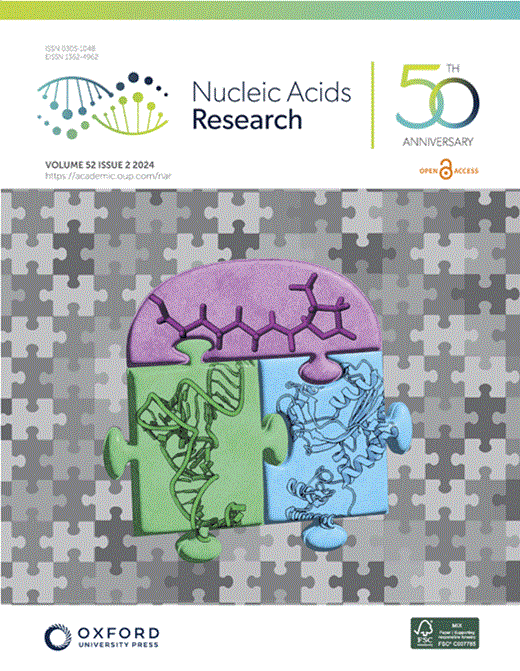The PIN1–p38–CtIP signalling axis protects stalled replication forks from deleterious degradation
IF 16.6
2区 生物学
Q1 BIOCHEMISTRY & MOLECULAR BIOLOGY
引用次数: 0
Abstract
Human CtIP plays a critical role in homologous recombination (HR) by promoting the resection of DNA double-strand breaks. Moreover, CtIP maintains genome stability through protecting stalled replication forks from nucleolytic degradation. However, the upstream signalling mechanisms governing the molecular switch between these two CtIP-dependent processes remain largely elusive. Here, we show that phosphorylation of CtIP by the p38α stress kinase and subsequent PIN1-mediated CtIP cis-to-trans isomerization is required for fork stabilization but dispensable for HR. We found that stalled forks are degraded in cells expressing non-phosphorylatable CtIP or lacking PIN1–p38α activity, while expression of a CtIP trans-locked mutant overcomes the requirement for PIN1–p38α in fork protection. We further reveal that Brca1-deficient mammary tumour cells that have acquired PARP inhibitor (PARPi) resistance regain chemosensitivity after PIN1 or p38α inhibition. Collectively, our findings identify the PIN1–p38–CtIP signalling pathway as a critical regulator of replication fork integrity.求助全文
约1分钟内获得全文
求助全文
来源期刊

Nucleic Acids Research
生物-生化与分子生物学
CiteScore
27.10
自引率
4.70%
发文量
1057
审稿时长
2 months
期刊介绍:
Nucleic Acids Research (NAR) is a scientific journal that publishes research on various aspects of nucleic acids and proteins involved in nucleic acid metabolism and interactions. It covers areas such as chemistry and synthetic biology, computational biology, gene regulation, chromatin and epigenetics, genome integrity, repair and replication, genomics, molecular biology, nucleic acid enzymes, RNA, and structural biology. The journal also includes a Survey and Summary section for brief reviews. Additionally, each year, the first issue is dedicated to biological databases, and an issue in July focuses on web-based software resources for the biological community. Nucleic Acids Research is indexed by several services including Abstracts on Hygiene and Communicable Diseases, Animal Breeding Abstracts, Agricultural Engineering Abstracts, Agbiotech News and Information, BIOSIS Previews, CAB Abstracts, and EMBASE.
 求助内容:
求助内容: 应助结果提醒方式:
应助结果提醒方式:


